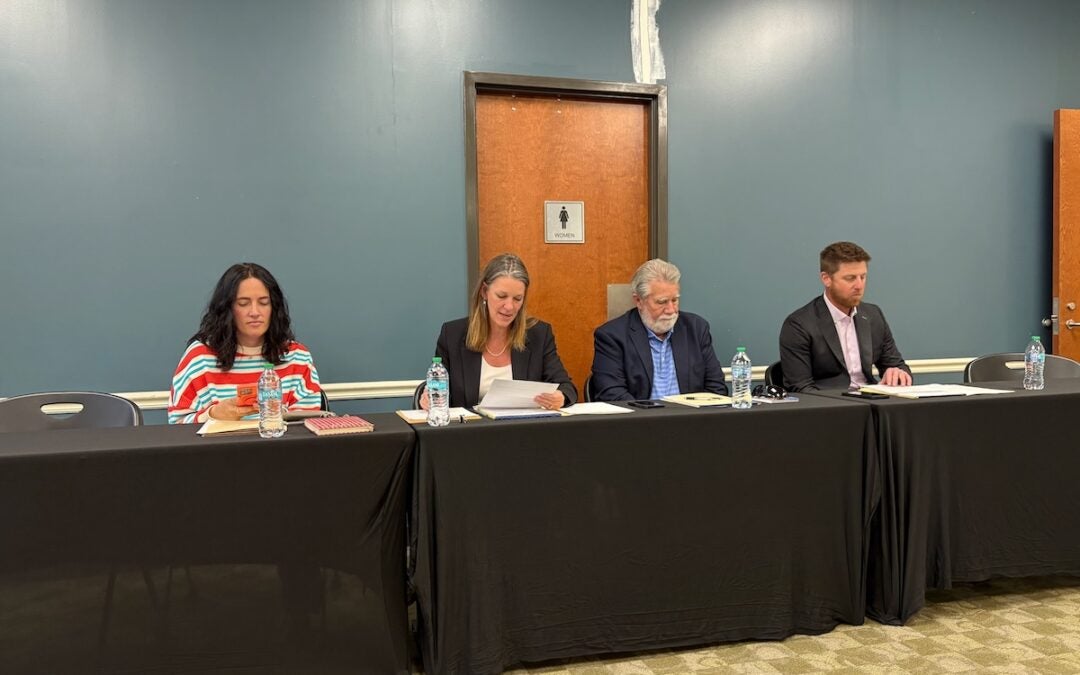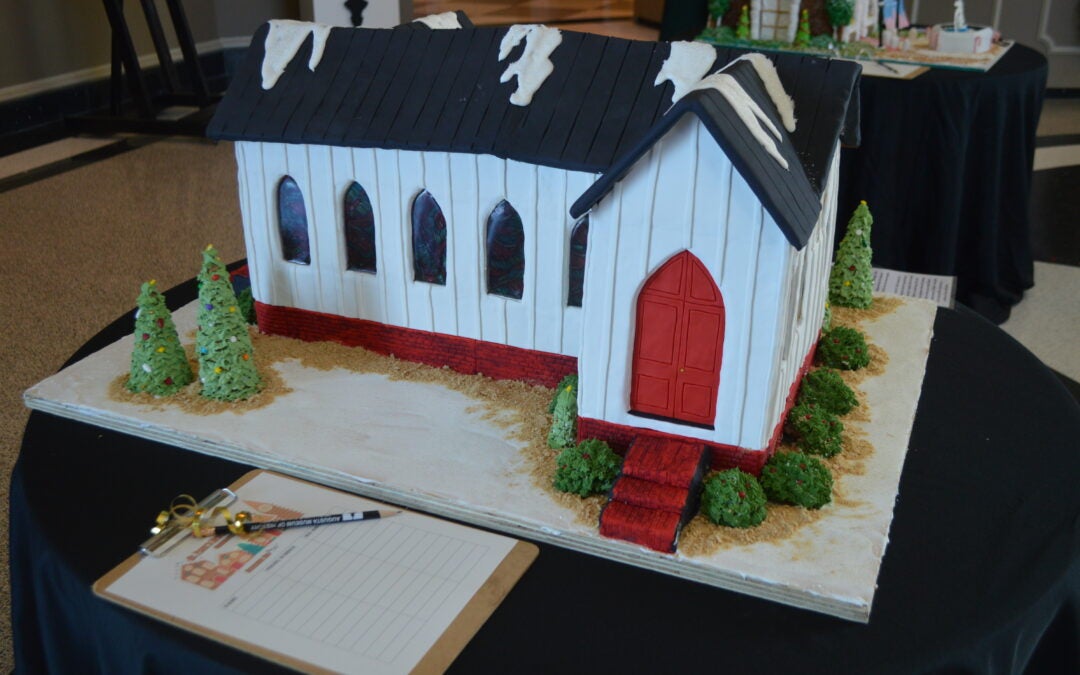When I was writing papers in seminary and doing exegesis on the text while preparing to preach, I found it helpful then, and helpful now, that I live with the text before beginning to write or speak. I spent as much time as I could, imagining being in the presence of God, with the prophets, disciples and Jesus as they pointed people to God through prophetic proclamations and parables, using the ordinary to point us to the Holy One.
I immediately focused on the symbols mentioned in the text, wanting to know what was going on at the time the prophets preached or when Jesus was teaching, and I started with the symbols. I wanted to know why these symbols were mentioned and how the message of God was conveyed to me through them.
Biblical symbolism
Biblical symbolism, prominently featured throughout the Scriptures, serves as a profound means of conveying deeper truths about the Triune God, whether articulated by prophets or exemplified in the teachings of Jesus. Symbols such as the Lion and the Lamb are particularly significant with their roots in prophetic literature, especially in the writings of Isaiah. These symbols encapsulate essential aspects of God’s nature and His promises. I invite you to think with me about two such symbols that help chart the chronology of our salvation as it moves from the birth of the Messiah to the second coming of the same.
Most prominent are the symbols of the Lion and Lamb. These symbols represent peace and the Messianic Age and illustrate a future where harmony prevails. The phrase, “The lion shall lie down with the lamb,” reflects a vision of divine reconciliation and tranquility. In Christianity. The lion symbolizes Christ’s resurrection and power, while the lamb represents His sacrificial love. Saint Augustine eloquently stated, “He endured death as a lamb; he devoured it as a lion.”
The duality of Christ as both Lion and Lamb is central to understanding His character. Revelation 5:6 describes Jesus as a slain Lamb standing amid the throne, while John 1:29 calls Him “the Lamb of God.” This juxtaposition highlights the balance of strength and gentleness inherent in Christ’s mission.
In light of these symbols, believers are encouraged to reflect on their spiritual balance, whether they lean more towards the strength of the lion or the meekness of the lamb. The biblical narrative urges us to embody both qualities in our lives as we await Christ’s return. Genesis 49:9-10 illustrates this balance by depicting Judah as a lion, emphasizing royal authority and responsibility.
Meaning of the lion and the lamb
The lion embodies authority, power, and fearlessness, traits that should characterize followers of Christ. Jesus demonstrated this authority through His teachings, captivating audiences with His conviction and clarity (Matthew 7:28-29). Believers are called to exhibit similar confidence in their faith, standing firm against societal pressures.
Conversely, the lamb symbolizes innocence and dependence on God. Jesus exemplified this dependence throughout His ministry, reminding us that true strength lies in our reliance on divine guidance (John 14:30). As we navigate life’s challenges, maintaining this connection is vital for spiritual growth.
As we reflect on these symbols, lion and lamb, we are reminded of our calling to embody both strength and humility in our faith journeys. In a world increasingly marked by chaos and moral ambiguity, believers must strive for balance, representing Christ’s character authentically. The church today needs individuals who exemplify both the courage of lions and the innocence of lambs, standing firm in truth while extending grace to others.
While I only highlighted two biblical symbols; there are many more that were used to help make clear the message of God, as it was spoken then, and still speaks to us today. I hope this piece inspires you to pay attention and explore the biblical symbols more deeply, as you read and study the word of God and apply it to your life as you prepare for Christ’s return at the “second coming.”
Rev. Bill Alford is a retired priest who served St. Alban’s Episcopal Church for the last 30 years and who has been priest-in-charge of the Church of the Atonement in Hephzibah for the last three years. Originally from Albany, Ga., Rev. Alford is a Navy Veteran who sings with and who is on the Board of Directors for the Augusta Choral Society.









